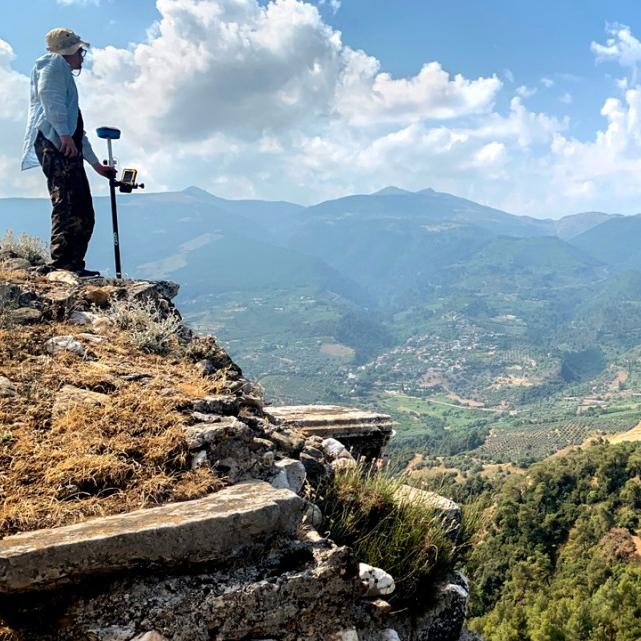
 Department Homepage
The College of Arts & Sciences
Department Homepage
The College of Arts & Sciences
The Emperor’s Closet—Power and Storage
Astrid Van Oyen, a classical archaeologist and assistant professor in the department of classics, explores Rome’s tumultuous transition from republic to empire through everyday objects—namely storage systems— in her recent book.




